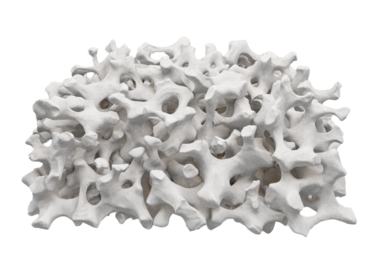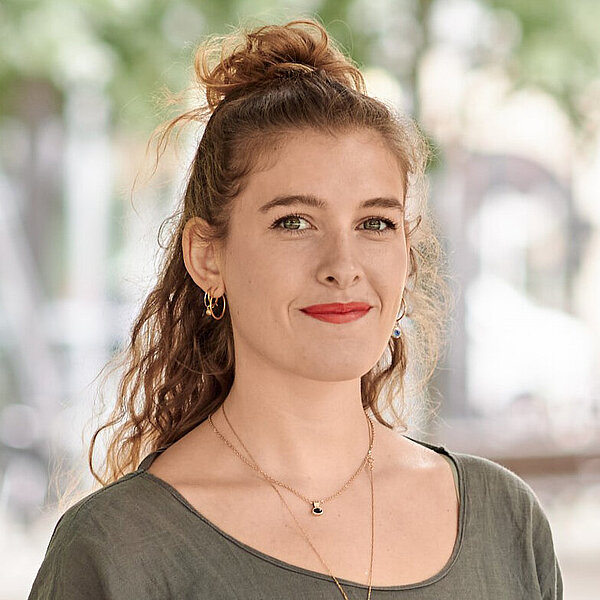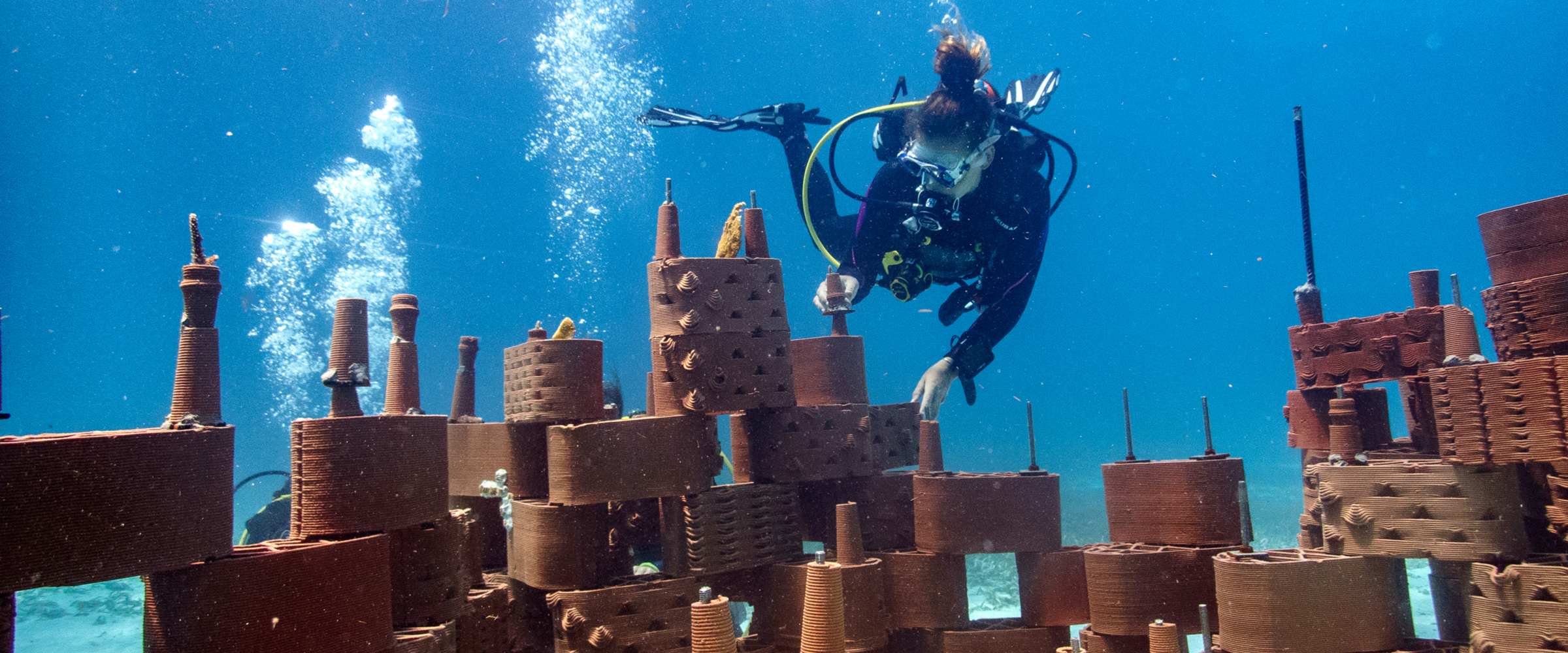
“Nature itself does the rest.”
Coral reefs are vital for ocean health and coastal protection, but they are under threat. This year, Geistlich is supporting the regeneration of coral reefs through rrreefs, using innovative 3D printed reef blocks.
If you had one wish, what would it be?
That our work, as well as that of other coral practitioners, wouldn't be needed.
Why is it important to help coral reefs regenerate?
Coral reefs are not only super animals, but also entire ecosystems. They create these phenomenally intricate structures that become home to 25% of marine life. By helping new generations of corals to settle on substrates like ours, we can help the coral reef ecosystems become more resilient to the stresses that threaten them.
Why does rrreefs has three r's in its name?
It stands for rethinking, rebuilding, and regenerating coral reefs. It’s basically our motto. We rethink how coral structures could look like for each location we work in, we rebuild them with our modular system, and then nature itself does the rest. We just give a little help to regenerate it.
What inspired you to start rrreefs?
The uniqueness of underwater life. As a kid, I saw flourishing coral reefs with beautiful and intense colors. Later in life, I witnessed their fragility and disappearance in some areas where I was scuba diving. This triggered something in me.
Can you tell us about your personal and professional background and how it led you to rrreefs?
I studied fine arts, specializing in painting and ceramics. I believe that my curiosity and fascination with water and scientific studies guided my art practice. I always wanted to talk about water - how I see it, what it represents in our society, how methodologies derived from science could be used for artistic expression. This whole mix led me to participate in artistic residencies and fellowships focused on art and science topics. My subject back then was how to make sculptures for coral reefs.
Was there a particular moment or event that motivated you to start rrreefs?
Meeting Ulrike Pfreundt, one of my co-founders, was the key step to start rrreefs. We were both at ETH Zurich, doing our respective research, which coincided and complemented each other. She was exploring how 3D structures could help coral larvae settle, and I was developing a system to build artificial reefs more easily in the water.
What are your long-term goals?
We want to rebuild as many damaged coral reefs as possible. Our goal is to regenerate 1% of coral reef coastlines by 2030, which is about 710 km of reefs. This means we need to implement our solution on a larger scale and raise funds more quickly to make this possible.
Are there any milestones that you are particularly proud of?
Definitely! The first one was building our first reef in San Andrés in 2021. Every time we receive pictures of baby corals that have settled on the bricks, it’s a celebration for us. Recently, we built 100 m2 of reef, which was a dream come true.
What technologies and methods do you use at rrreefs to restore and protect coral reefs?
We use digital fabrication for our bricks, which are 3D printed from clay, and we use cast concrete for our foundation elements. Our entire system is modular and adaptable to different seabed topographies.
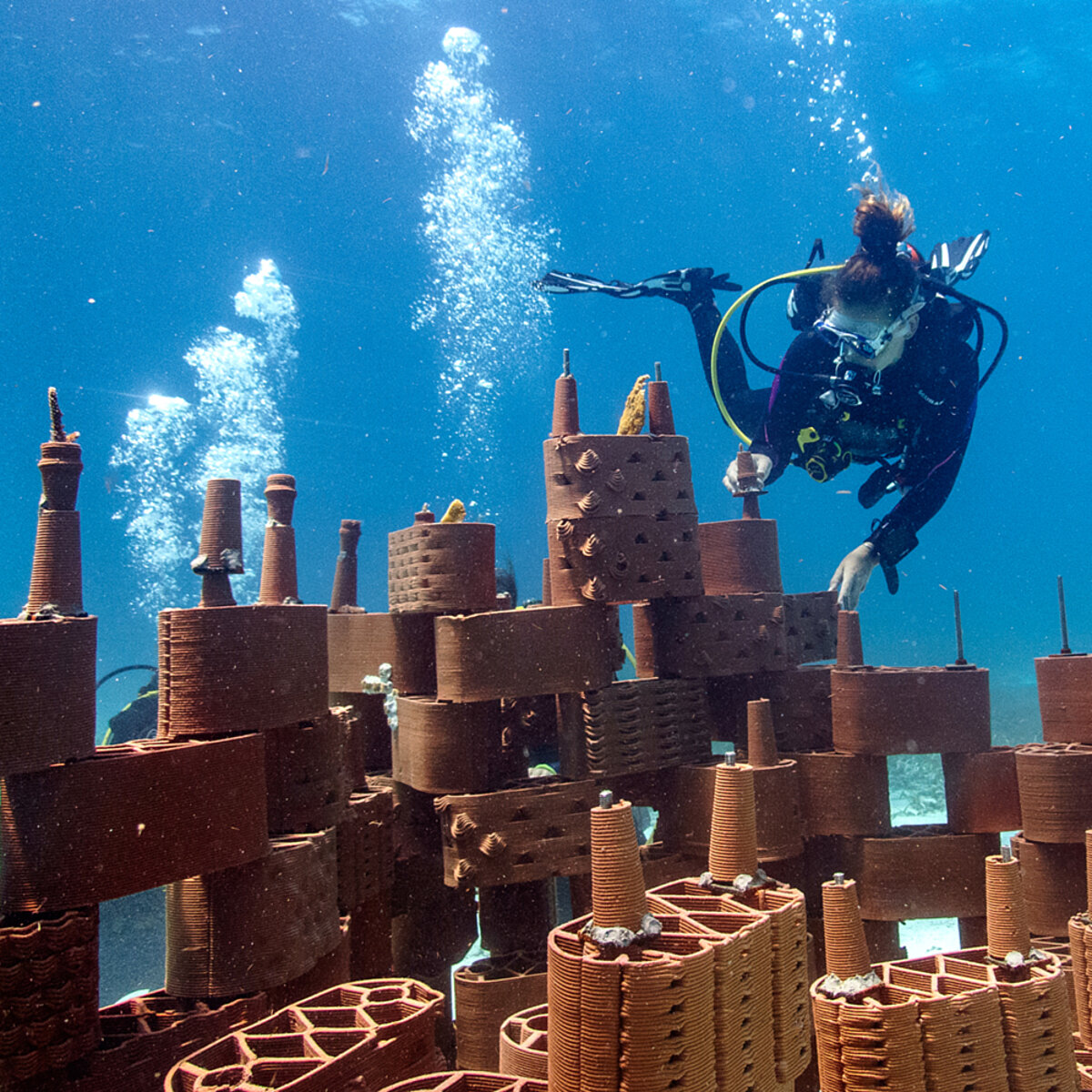

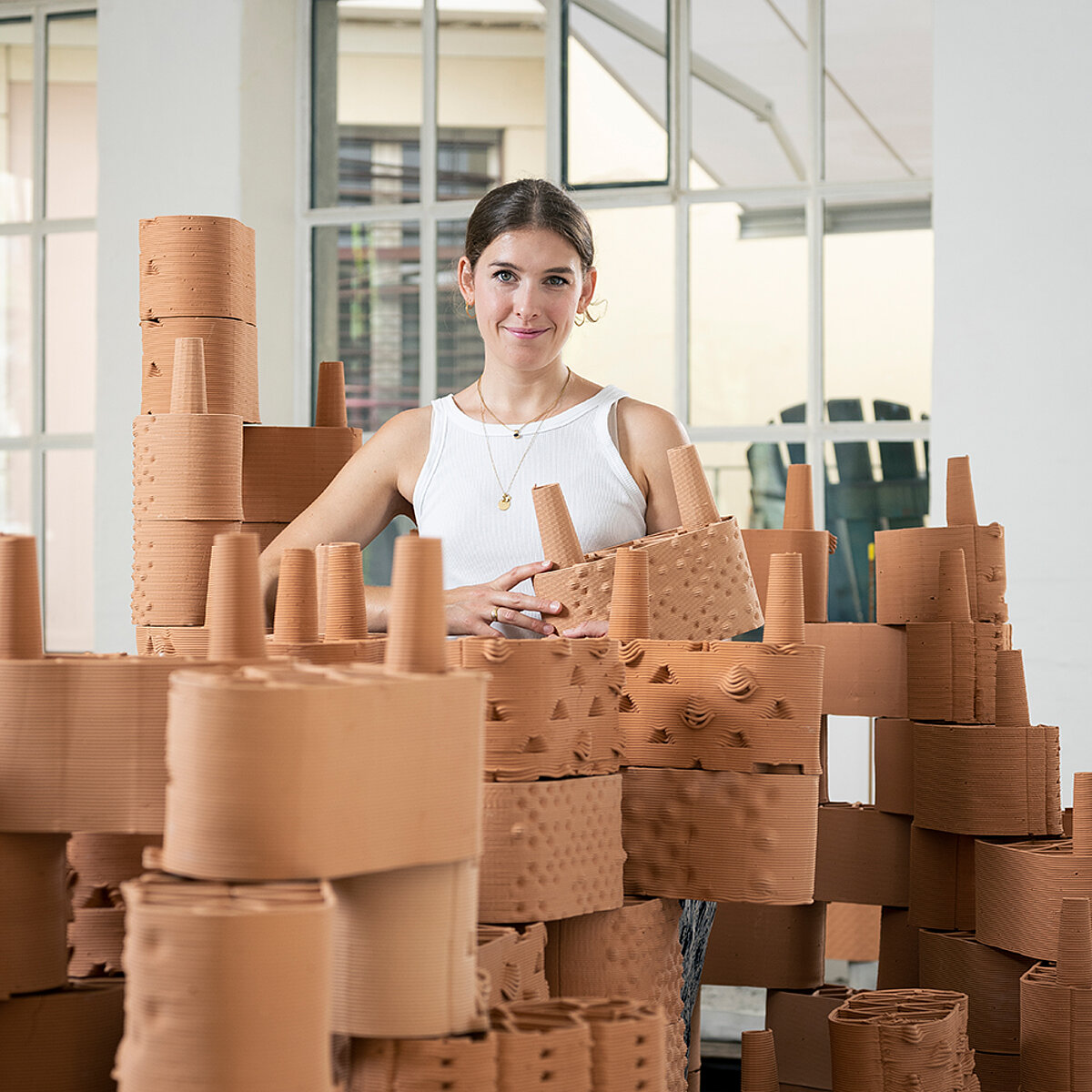
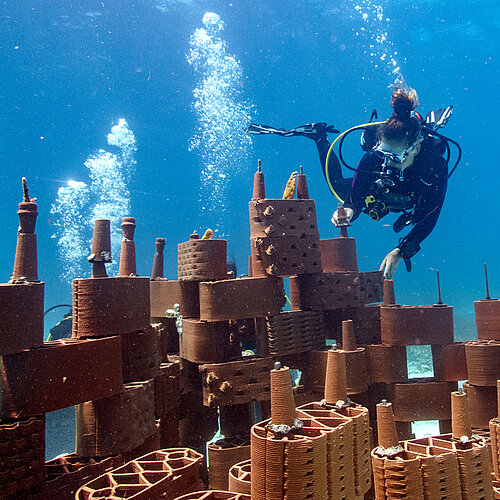
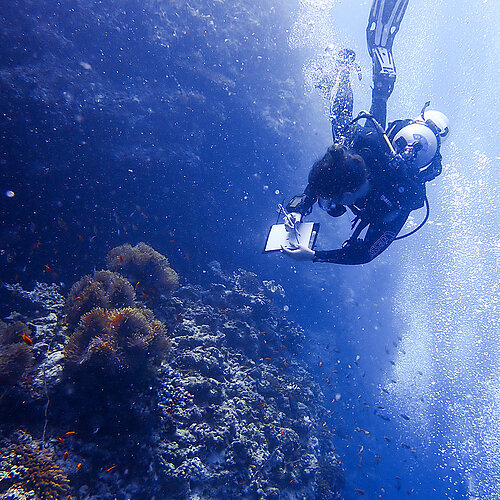
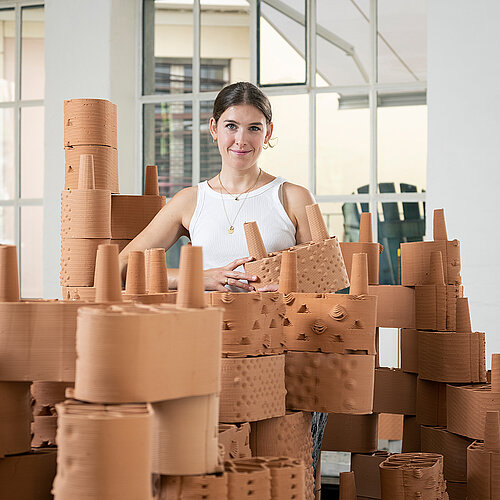
How did the idea with the bricks come up?
When you work in the water, you quickly face logistical challenges: how do you load structures into a boat? How do you deploy them in the water? And so on. The main goal was to build something that can be big easily, with modular and manually handled components.
How was the product developed and what was considered?
That's the part I love the most - creating something that has to meet multiple criteria. On the one hand, as I mentioned, there is the logistical dimension, and then there is the environmental component that guides the shape of the design and the material properties. In the end, it has to serve the purpose of regenerating coral reefs. With our bricks, we can build vertically, which is important for coral settlement and to enhance water flow interaction (the currents are key to transport the new generation of corals and nutrients for life to settle in the reef). Not only are the bricks a substrate for corals, but they also provide a habitat for marine life, as they are hollow inside.
Are there any current or future innovations you are working on that you can share with us?
We are constantly developing, redesigning, and inventing new features to improve our system. Currently, we are interested in different manufacturing processes, such as slip casting with clay, and we are exploring different materials for some elements of our constructions.
How do you measure the success of your projects?
By monitoring our reefs scientifically on a regular basis. We rely on various methods to measure the biodiversity impact that our reefs have. For example, and this is my favorite because it is visual, we take pictures of the bricks at night with a UV light to detect the baby corals that may have settled on the bricks.
Why at night?
Because they are still so tiny, it is hard to see them with the naked eye. At night, the UV light makes coral fluorescence in the coral tissues react to UV waves, revealing neon-like baby polyps. It’s mesmerizing.


